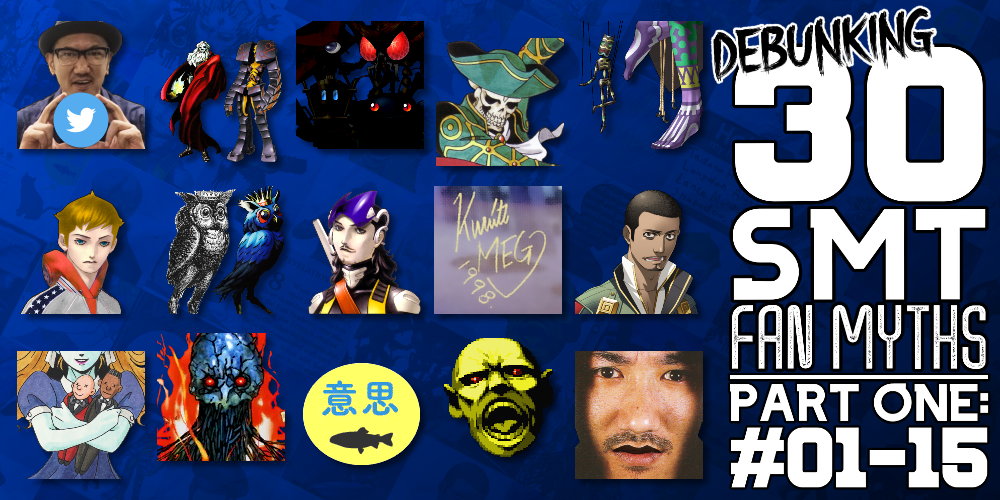By 2021's standards, the original Shin Megami Tensei: Nocturne's demon fusion mechanics are dated and frustrating. And while that mostly applies to the infamous ritual of re-rolling inherited skills, there's so much more under the hood that true mastery of Nocturne's fusion can be elusive. But early in 2012 I decided to challenge its inner workings and make (approximately) "perfect" demons, namely a void-all Arahabaki and healing/support tank Amaterasu. I knew the process would be painful and take many patient hours to succeed, but I got it done and recorded it step by step. This is that story. So, in a sense, this is also the story of what features might still remain with Nocturne HD's newly updated manual skill selection. Even without time-wasting RNG, the base game's hidden inheritance rules, demon types, skill restrictions, and so much more ensure that achieving specific, high-tier intentions will still take a bit more effort than, say, Shin Megami Tensei IV's practically limitless and also relatively mindless skill selection. But even if Nocturne HD's fusion is not completely unrestrained, it will still be a far cry from the following, highly technical saga of the hours upon hours using every trick in PS2 Nocturne's book to craft exactly two demons precisely the way I wanted them.








